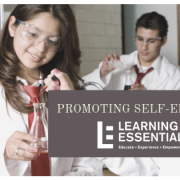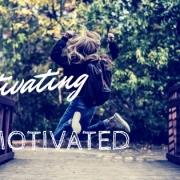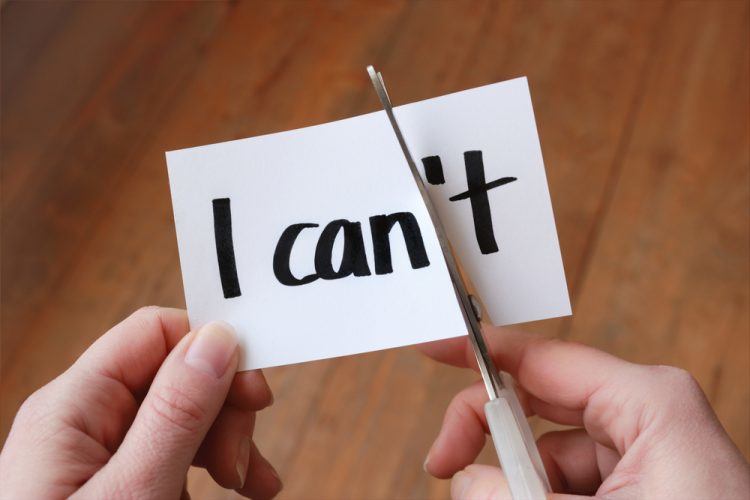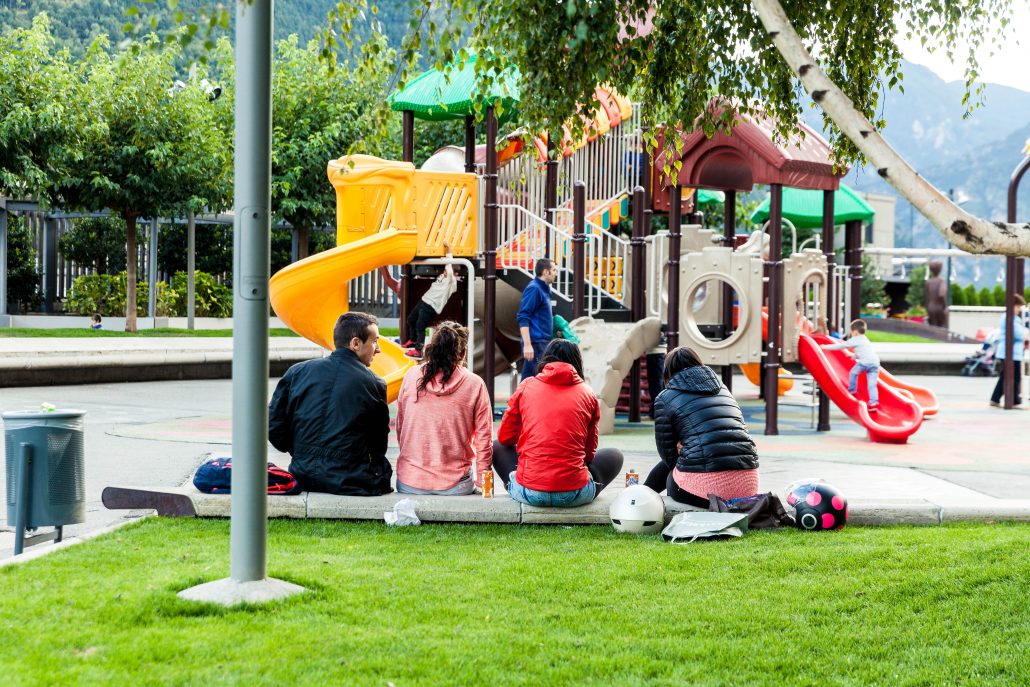Closing the Gaps: How Expectations Become Reality
What began as “the achievement gap,” later called the “opportunity gap,” is now being referred to by some as “the value gap.” While there is much controversy around each of these terms for various different reasons, the value gap is perhaps the most provocative because of its assumed implications. Essentially, a value gap is a noticeable distinction in academic achievement between those who value education and those who do not. More and more educators are finding that students who value education, regardless of where that intrinsic motivation comes from, are statistically higher achieving and more successful in their education. Like motivation, however, seeing the value in one’s education is unique to each individual—there is no singularly universal way to get children to see the value in education.
To value something means to recognize its worth or importance. Perhaps the reason that some students find it difficult to see the value in education is because it’s not something that provides instant gratification—the pay off, figuratively and quite literally, happens down the road. It may seem tricky, but there are ways to help even the most reluctant students see how their education will be of value to them later in life.
We take it for granted
One way to help students recognize the importance of education is to provide examples of ways that other people have fought to have access to such an education. From the push to integrate schools during the civil rights movement, to the example that Malala set in the Middle East so that girls could have the right to go to school, highlighting the lengths that others have gone to for the right to learn shows students how priceless education truly is. By recognizing the fact that education is a privilege, a gift not given freely to the rest of the world, children begin to recognize its inherent value.
It can never be taken away
The common adage, “knowledge is power,” might be a little cliché, but it is true nonetheless. Education is the only form of currency that, no matter how much you use it, never decreases. Part of its value comes from the fact that whatever you learn becomes a part of you. It becomes a permanent, undeniable asset. By showing students that learning is a limitless form of wealth, they begin to see how that “wealth of knowledge” can make a concrete difference in their lives.
It separates you from the pack
Parents and educators can appeal to the natural competitive instincts that many teens have by discussing the fact that education is often a defining factor that distinguishes one person from another. GPA, honors courses, graduation rankings, college acceptance—all of these figures contribute to the common notion that education is something of great value. If nothing else, talk to students about the merits of academic achievement and competition.
It’s more than just “book smarts”
Often, students who do not see themselves as natural-born learners or gifted intellectuals become discouraged by the academic arena—to them, school can seem like an exclusive club that they haven’t “tested into.” However, it is critical to emphasize how education is about more than being a straight A, book smart, honor roll, highest percentile scholar. Some of the most successful people in history did not fall into that gifted and talented category, in fact. Countless artists, inventors, performers, and entrepreneurs have paved the way using skills they learned in school that were not necessarily academically-related. What students don’t often recognize is that, in addition to academic achievement, there is also great value is social-emotional intelligence. Recognizing that schooling is about building communication skills, problem solving skills, creative reasoning, time management, independence, accountability—the list goes on and on—can help students internalize the belief that education has lasting value beyond the report cards and diplomas.













